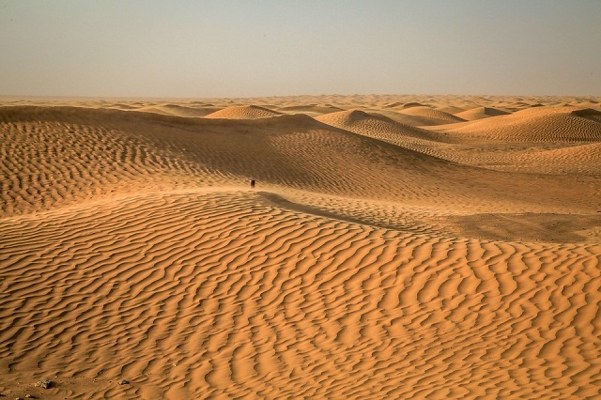Sahara Desert has grown by 10% since 1920: Study

Picture for representation
New York : The Sahara Desert has expanded by about 10 per cent since 1920 partly due to human-caused climate change, say researchers including one of Indian-origin.
The findings of their study, published in the Journal of Climate, suggest that other deserts could be expanding as well.
“Our results are specific to the Sahara, but they likely have implications for the world’s other deserts,” said senior author of the study Sumant Nigam, an atmospheric and ocean scientist at University of Maryland in the US.
Deserts are defined by low average annual rainfall — usually 100 millimetres of rain per year or less.
The researchers analysed annual rainfall data recorded throughout Africa from 1920 to 2013 and found that the Sahara, which occupies much of the northern part of the continent, expanded by 10 percent during this period.
When the scientists looked at seasonal trends over the same period, the most notable expansion of the Sahara occurred in summer, resulting in a nearly 16 per cent increase in the desert’s average area over the 93-year span covered by the study.
The results suggest that human-caused climate change, as well as natural climate cycles, caused the desert’s expansion.
The geographic pattern of expansion varied from season to season, with the largest differences along the Sahara’s northern and southern boundaries, the study said.
“Deserts usually form in the subtropics because of what’s called Hadley circulation, through which air rises at the equator and descends in the subtropics,” Nigam, an alumnus of Indian Institute of Technology-Kanpur (IIT-Kanpur), said.
That circulation has a drying effect.
“Climate change is likely to widen this Hadley circulation, causing the northward advance of subtropical deserts,” he added.
The Sahara is the world’s largest warm-weather desert and like all deserts, the boundaries of the Sahara fluctuate with the seasons, expanding in the dry winter and contracting during the wetter summer.
IANS





